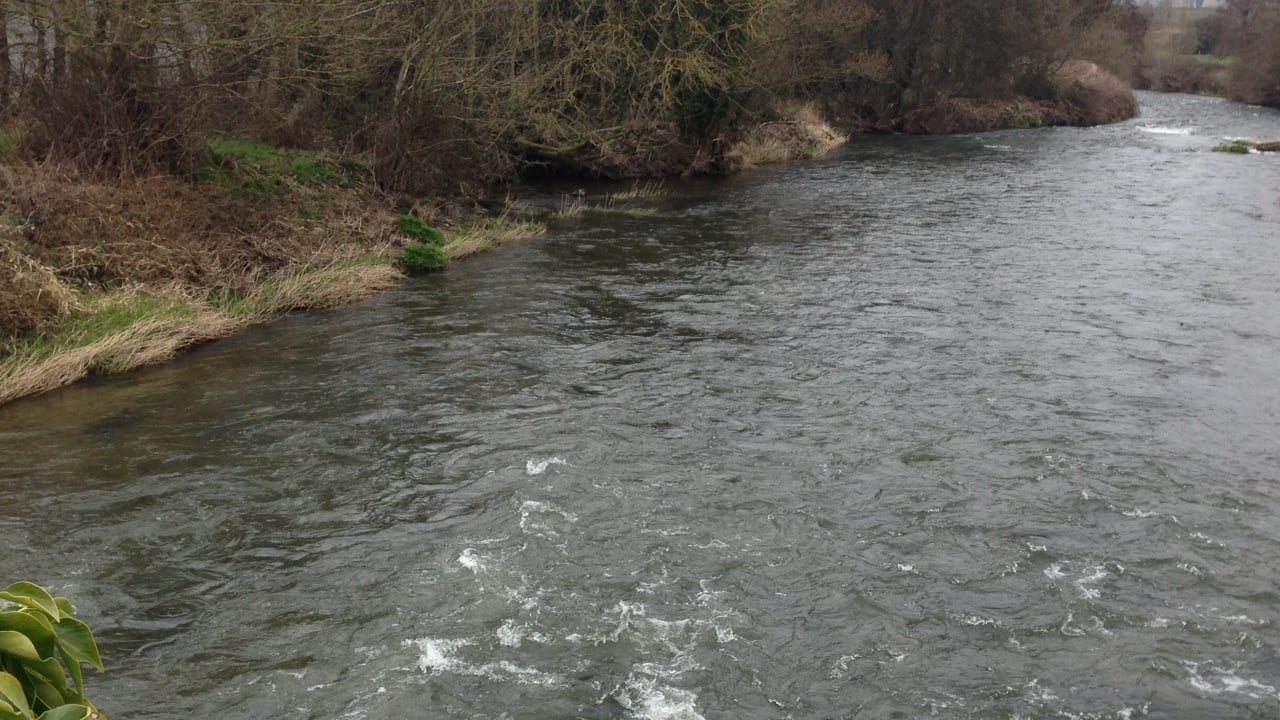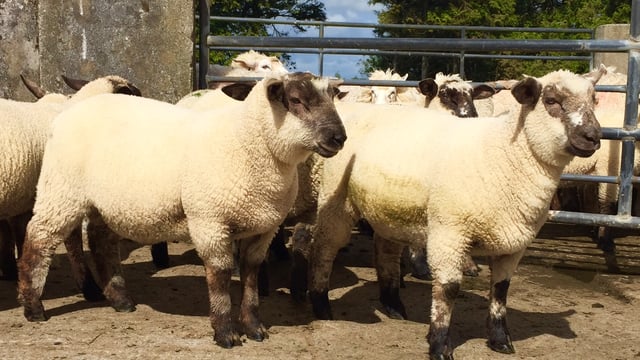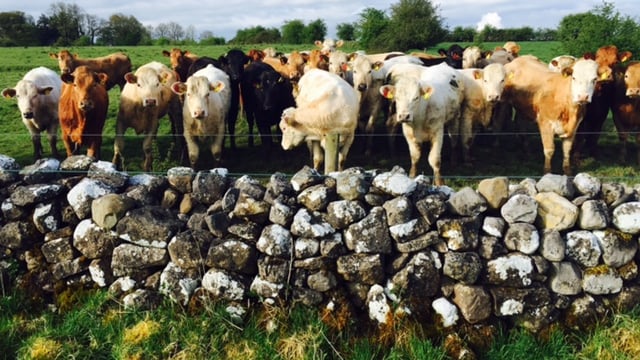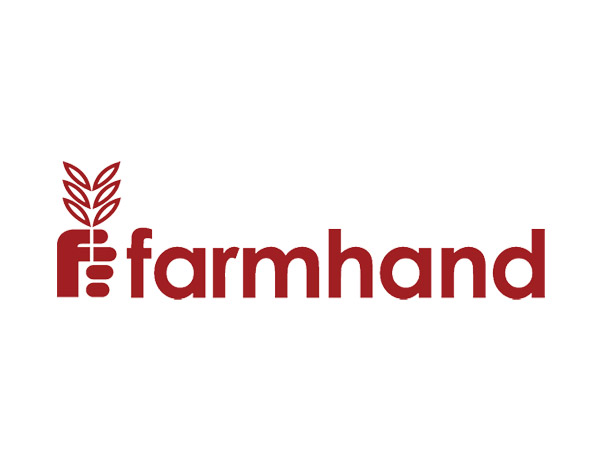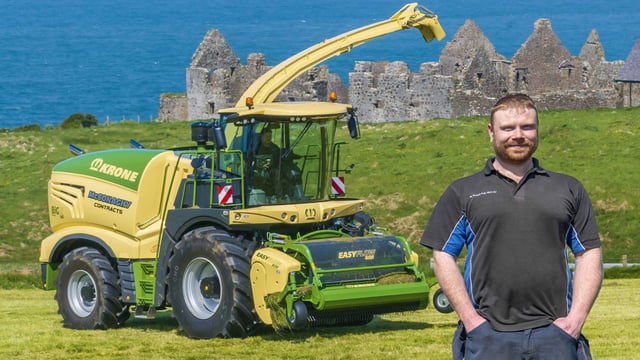Why a river was good enough for REPS but not for GLAS
When submitting their GLAS applications many farmers discovered that watercourses on their farms which previously qualified under REPS do not qualify under GLAS.
The Minister for Agriculture, Simon Coveney confirmed this recently in response to a parliamentary question when he said that not every watercourse which may have been included in the Rural Environment Protection Scheme (REPS) necessarily qualifies under GLAS.
The Minister said this is because REPS was a whole farm scheme whereas the GLAS is targeted at pre-determined environmental assets at individual farm level.
He said the introduction of new regulations since the inception of REPS and in particular the implementation of the Nitrates Directive now provides general protection of watercourses under Pillar 1 allowing for a more focused approach under Pillar 2 agri-environment schemes.
According to the Minister the Department, in consultation with the Environmental Protection Agency, has identified specific reaches of rivers for inclusion in the Protection of Watercourses from Bovines and Riparian Margin Actions in GLAS.
He said these rivers have been categorised within GLAS in accordance with their water quality status, with those in the most pristine condition receiving the highest priority (Tier 1) followed by lower status rivers on holdings identified as having predominantly wet soils, which qualify a farmer access to GLAS under Tier 2.
Protection of other watercourses shown on the GLAS system may be taken as a Tier 3 action, the Minister said.
Payment rates for protection of watercourses
The payment rate for the protection of watercourse is €1.50/m/year under GLAS.
Requirements
- Participants must have had bovines on their holding in 2013 and retain them for theduration of the GLAS contract. Bovines must be owned.
- Fence off watercourse(s) on GLAS contract lands.
- The LPIS parcels selected must be marked on the map submitted.
- All watercourses must be fenced a minimum of 1.5m from the top of the bank of the watercourse to exclude bovines by March 31, 2016.
- The fencing must be stockproof, fit for purpose and be undertaken with permanent stakes and wire.
- Livestock drinking points are not permitted. An alternative water supply must be provided for livestock.
